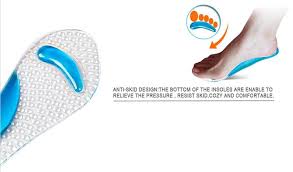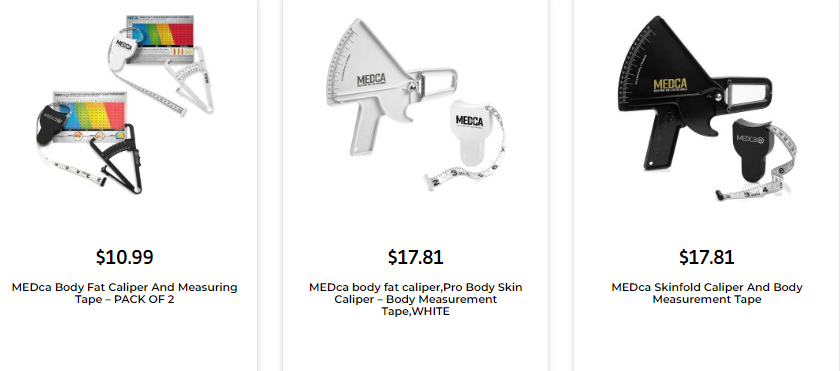Hiking is more than just a hobby; it’s a lifestyle. Whether you’re conquering rugged mountain trails or strolling through serene forests, having the right gear is essential for a successful and enjoyable hike. While most hikers focus on finding the perfect boots, one often-overlooked component is Hiking boot insoles. These small yet crucial inserts can make a world of difference in comfort, support, and performance on the trail. In this comprehensive guide, we’ll delve into everything you need to know about hiking boot insoles, from their importance and benefits to how to choose the best ones for your needs.
The Importance of Hiking Boot Insoles:
When it comes to hiking, your feet are your most valuable asset. They bear the brunt of the impact with each step, absorb shock, and provide stability on uneven terrain. However, without proper support, even the best hiking boots can’t fully protect your feet from fatigue, blisters, and injuries. This is where hiking boot insoles come into play.
Insoles serve several important functions:
Support: Hiking involves traversing various terrains, from rocky paths to muddy trails. Properly designed insoles provide arch support, which helps distribute weight evenly and reduces strain on your feet and ankles.
Cushioning: The repetitive motion of hiking can cause discomfort and fatigue, especially on longer treks. Insoles with cushioning properties absorb shock and provide additional padding, enhancing comfort and reducing the risk of foot fatigue.
Stability: Uneven terrain and unpredictable conditions are part of the allure of hiking, but they can also pose challenges. High-quality insoles offer stability and help prevent your feet from rolling inward or outward, reducing the risk of sprains and twists.
Alignment: Proper alignment of the feet, ankles, and lower body is crucial for overall comfort and biomechanical efficiency. Insoles that promote proper alignment can alleviate pain and prevent injuries caused by overpronation or supination.
Moisture Management: Hiking often involves encountering wet conditions, whether from rain, snow, or creek crossings. Insoles with moisture-wicking properties help keep your feet dry by drawing moisture away from the skin, reducing the risk of blisters and fungal infections.
The Benefits of Using High-Quality Insoles:
Investing in high-quality hiking boot insoles offers a range of benefits that can enhance your hiking experience:
Enhanced Comfort: By providing additional support and cushioning, premium insoles alleviate pressure points and reduce discomfort, allowing you to hike for longer periods without fatigue.
Improved Performance: Properly supported feet are more efficient, allowing you to maintain better balance and stability on challenging terrain. This can lead to improved performance and confidence on the trail.
Injury Prevention: Insoles that offer arch support, shock absorption, and stability help prevent common hiking injuries such as plantar fasciitis, Achilles tendonitis, and ankle sprains.
Customization: Many hiking boot insoles are customizable, allowing you to trim them to fit your specific shoe size and shape. This customization ensures a precise fit and maximizes the benefits of the insole.
Longevity: While hiking boots typically have a lifespan of several hundred miles, insoles may need to be replaced more frequently, especially if they lose their cushioning or support over time. However, replacing insoles is often more cost-effective than buying new boots.
Choosing the Right Hiking Boot Insoles:
With a wide range of hiking boot insoles available on the market, choosing the right pair can seem daunting. However, by considering the following factors, you can narrow down your options and find the perfect fit for your feet:
Foot Type: The first step in selecting hiking boot insoles is determining your foot type. Are you flat-footed, have high arches, or fall somewhere in between? Knowing your foot type will help you choose insoles that provide the appropriate level of support and alignment.
Arch Support: Insoles come in various arch heights, including low, medium, and high. If you have flat feet, opt for insoles with high arch support to help alleviate overpronation. Conversely, if you have high arches, choose insoles with ample cushioning and flexibility to accommodate your foot shape.
Cushioning: Consider the level of cushioning you need based on the type of terrain you’ll be hiking on and your personal preferences. Thicker insoles offer more cushioning and shock absorption, ideal for rocky trails and long-distance hikes. However, keep in mind that excessive cushioning can affect stability and proprioception on technical terrain.
Material: Hiking boot insoles are typically made from foam, gel, or combination materials. Foam insoles are lightweight and provide excellent cushioning, while gel insoles offer superior shock absorption and durability. Some insoles also feature antimicrobial treatments to prevent odor and bacterial growth.
Compatibility: Ensure that the insoles you choose are compatible with your hiking boots. While most insoles are designed to fit standard shoe sizes, some may require trimming to achieve the perfect fit. Additionally, consider the thickness of the insoles and how they will affect the fit of your boots, especially if you have limited space in the toe box.
Trial Period: Before committing to a new pair of hiking boot insoles, it’s essential to test them out on shorter hikes to ensure they meet your comfort and performance needs. Many outdoor retailers offer generous return policies, allowing you to exchange or return insoles that don’t work for you.
Top Picks for Hiking Boot Insoles:
To help you navigate the plethora of options available, here are some top picks for hiking boot insoles, chosen for their comfort, support, and durability:
Superfeet Green Premium Insoles: With a high-profile shape and deep heel cup, Superfeet Green Premium Insoles provide maximum support and stability for hikers with medium to high arches. The durable construction and biomechanical design make them ideal for long-distance trekking and rugged terrain.
Sole Active Medium Insoles: Sole Active Medium Insoles feature a moldable base layer that conforms to the unique contours of your feet over time, providing personalized support and alignment. The moderate arch height and cushioning offer a balance of comfort and stability, making them suitable for a wide range of hiking conditions.
Powerstep Pinnacle Maxx Insoles: Engineered for maximum cushioning and shock absorption, Powerstep Pinnacle Maxx Insoles are perfect for hikers seeking relief from foot fatigue and pain. The dual-layer foam construction and deep heel cradle provide superior support and comfort, while the antimicrobial top fabric keeps feet fresh and dry.
Spenco Polysorb Heavy Duty Insoles: Designed for extreme durability and resilience, Spenco Polysorb Heavy Duty Insoles are built to withstand the toughest hiking conditions. The SpenCore material and cushioned forefoot provide ample shock absorption and energy return, while the low-friction top cloth prevents blisters and hot spots.
Trekking insoles may be small in size, but their impact on your hiking experience is significant. By providing support, cushioning, and stability, high-quality insoles can enhance comfort, prevent injuries, and improve performance on the trail. When choosing hiking boot insoles, consider factors such as foot type, arch support, cushioning, material, compatibility, and trial period to ensure the perfect fit for your feet. With the right insoles, you’ll be ready to tackle any adventure with confidence and comfort.





